10 Best Herbal Linctuses For Painful Swallowing
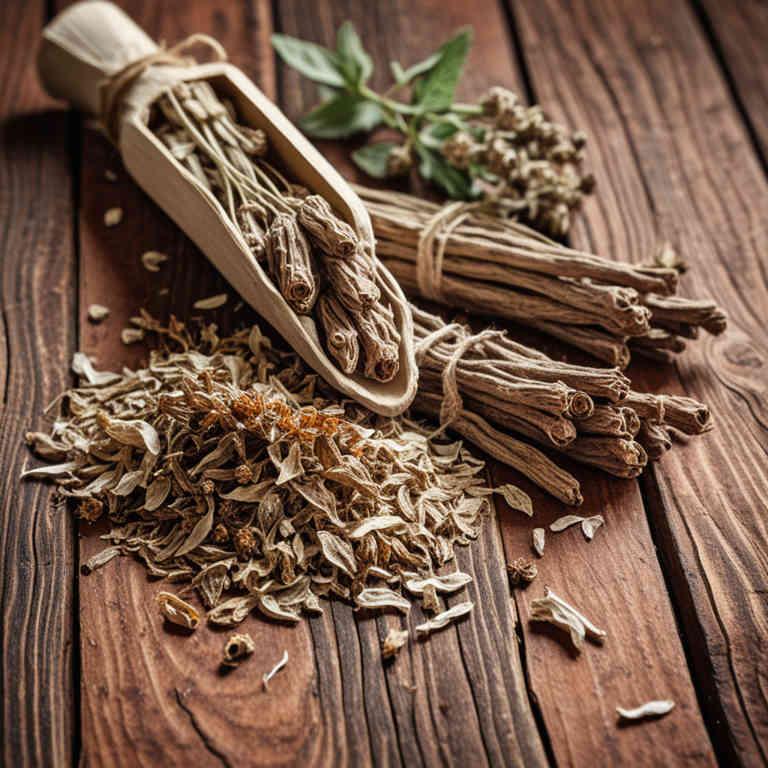
Herbal linctuses are traditional remedies designed to soothe the throat and alleviate the discomfort of painful swallowing, often used for conditions like sore throat, laryngitis, or postnasal drip.
These formulations typically contain natural ingredients such as licorice root, eucalyptus, sage, or thyme, which have anti-inflammatory, antimicrobial, and expectorant properties. They work by reducing throat irritation, thinning mucus, and providing a calming effect on the mucous membranes. Unlike pharmaceutical linctuses, herbal versions are generally considered gentler and may be preferred by individuals seeking natural alternatives.
However, they should still be used with caution and under the guidance of a healthcare professional, especially for persistent or severe symptoms.
FREE Herb Drying Checklist
How to make sure every batch retains maximum flavor, color, and aroma without the risk of mold or over-drying. Eliminate guesswork and trial-and-error, making herb drying faster, easier, and more efficient every time.
Table of Contents
1. Glycyrrhiza glabra
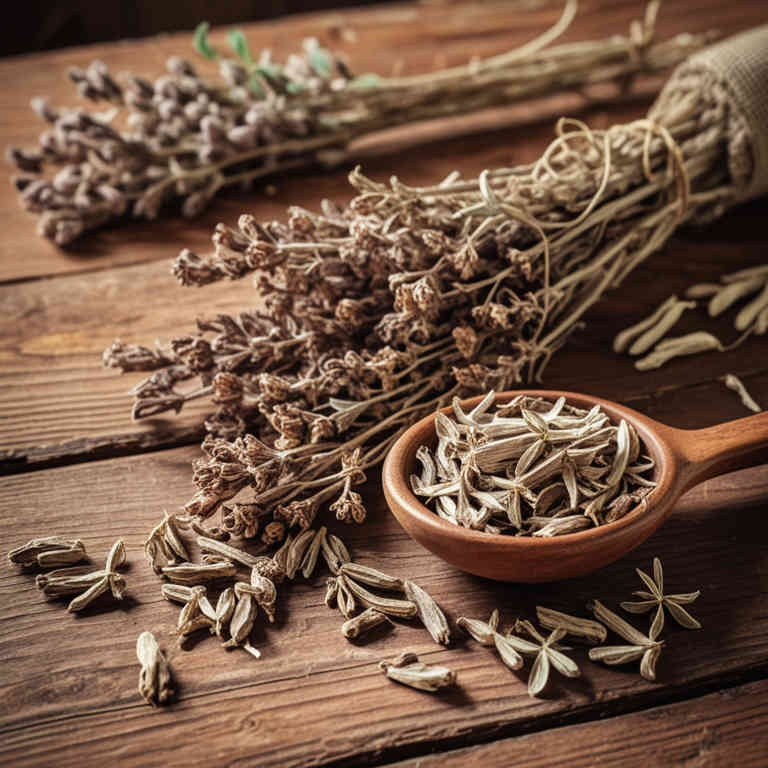
Glycyrrhiza glabra, commonly known as licorice root, is a traditional herbal remedy that has been used for centuries to soothe throat irritation and alleviate symptoms of painful swallowing.
Its active compounds, such as glycyrrhizin and flavonoids, possess anti-inflammatory, antiviral, and expectorant properties that help reduce throat inflammation and loosen mucus, making swallowing easier. Licorice-based linctuses are often formulated as sweet syrups or lozenges to provide a pleasant taste while delivering therapeutic benefits. These herbal linctuses are particularly effective for conditions like sore throat, laryngitis, and upper respiratory infections where pain and discomfort during swallowing are prominent.
However, long-term use should be monitored due to potential side effects associated with glycyrrhizin, such as increased blood pressure and fluid retention.
2. Zingiber officinale
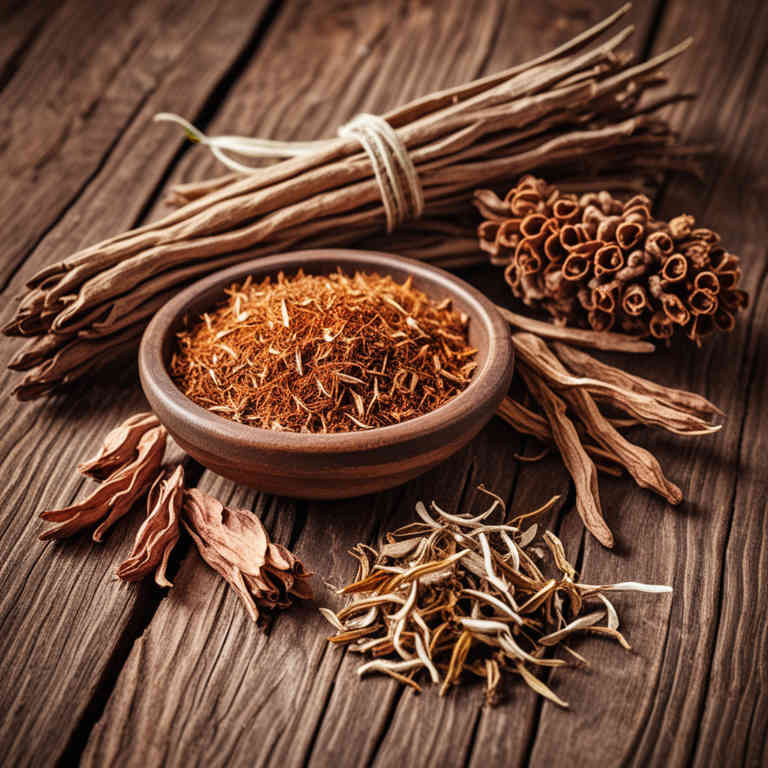
Zingiber officinale, commonly known as ginger, has been traditionally used for its anti-inflammatory and analgesic properties, making it a potential ingredient in herbal linctuses for alleviating painful swallowing.
These linctuses typically combine ginger extract with soothing agents like honey or licorice root to create a pleasant-tasting, easy-to-swallow formulation. The warming effect of ginger may help reduce throat irritation and ease the sensation of pain during swallowing. Clinical studies suggest that ginger can decrease inflammation and muscle spasms in the throat, offering relief for conditions such as sore throat or postnasal drip.
However, it is important to consult a healthcare provider before using ginger-based linctuses, especially for individuals with gastrointestinal sensitivities or those taking blood-thinning medications.
3. Foeniculum vulgare
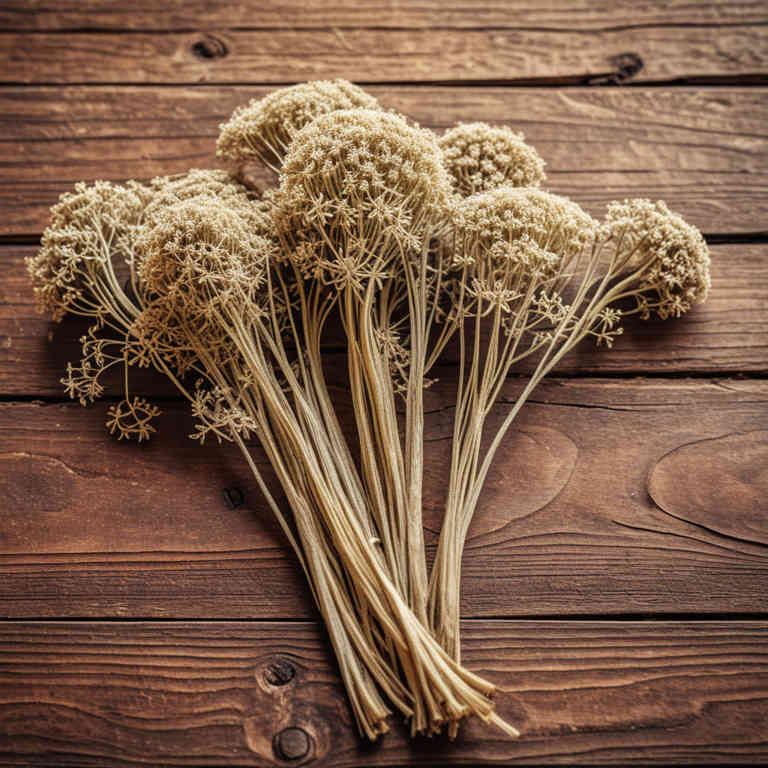
Foeniculum vulgare, commonly known as fennel, has been traditionally used in herbal linctuses to alleviate symptoms of painful swallowing.
The essential oil of fennel contains compounds like anethole and limonene, which possess mild antispasmodic and analgesic properties. These properties may help reduce inflammation and soothe the throat, making swallowing more comfortable. Herbal linctuses made with fennel are often recommended for conditions such as sore throat or laryngitis.
However, they should be used under the guidance of a healthcare professional to ensure safety and appropriate dosage.
4. Mentha piperita
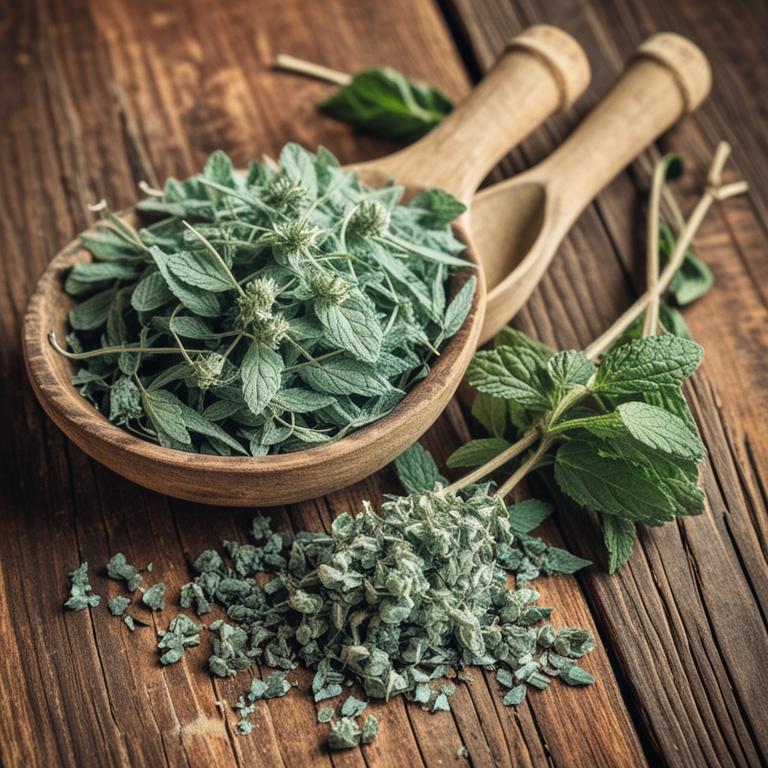
Mentha piperita, commonly known as peppermint, is often used in herbal linctuses to alleviate symptoms of painful swallowing.
These linctuses typically contain a concentrated form of peppermint oil, which has soothing and antispasmodic properties that can help reduce throat irritation and inflammation. The cooling effect of peppermint can provide temporary relief by numbing the throat and easing discomfort during swallowing. Herbal linctuses made with mentha piperita are often preferred by individuals seeking natural remedies for sore throats and other throat-related discomforts.
They are generally considered safe for short-term use but should be used according to recommended dosages and under the guidance of a healthcare professional when necessary.
5. Vitex agnus-castus
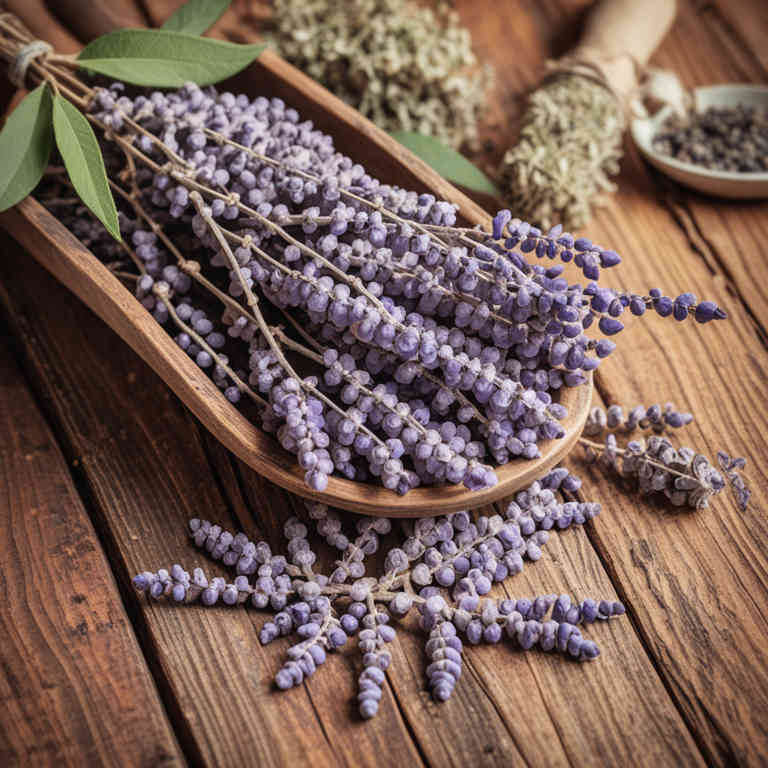
Vitex agnus-castus, commonly known as chasteberry, has been traditionally used in herbal medicine for its potential soothing properties.
When formulated into a linctus, it may help alleviate the discomfort associated with painful swallowing by reducing inflammation and irritation in the throat. This herbal preparation is often recommended for individuals experiencing sore throat or laryngitis due to its mild antispasmodic and anti-inflammatory effects. The linctus is typically taken in small doses, allowing it to coat the throat and provide temporary relief.
While it is generally considered safe for short-term use, it is advisable to consult a healthcare provider before incorporating it into a treatment regimen, especially for chronic or severe throat conditions.
6. Echinacea purpurea

Echinacea purpurea, commonly known as purple coneflower, has been traditionally used in herbal medicine for its potential anti-inflammatory and immune-boosting properties.
When formulated into a linctus, or cough syrup, echinacea purpurea may provide soothing effects that can help alleviate the discomfort of painful swallowing by reducing inflammation in the throat. This herbal remedy is often recommended for individuals experiencing sore throat symptoms due to viral infections or inflammatory conditions. While it is generally considered safe for short-term use, it is important to consult with a healthcare provider before using echinacea, especially for those with allergies or taking other medications.
Its use as a linctus for painful swallowing should be part of a broader approach to managing throat discomfort, including hydration and rest.
7. Thymus vulgaris
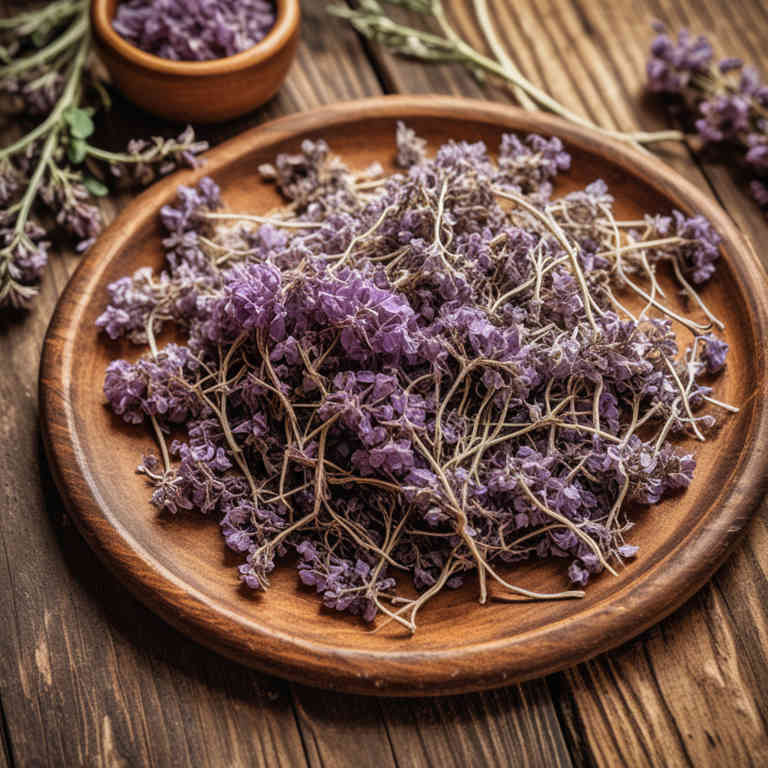
Thymus vulgaris, commonly known as thyme, is a herbal remedy that has been traditionally used to alleviate symptoms of painful swallowing, often associated with sore throats or respiratory infections.
The essential oils found in thyme, particularly thymol, possess antimicrobial and anti-inflammatory properties that may help reduce throat irritation and ease discomfort during swallowing. Thyme-based linctuses are typically formulated with honey or glycerin to create a soothing, viscous texture that coats the throat and provides relief. These herbal linctuses are often recommended as a natural alternative to conventional throat lozenges, especially for those seeking remedies without synthetic additives.
However, it is important to consult a healthcare professional before using thyme-based products, particularly for individuals with allergies or underlying medical conditions.
8. Matricaria chamomilla
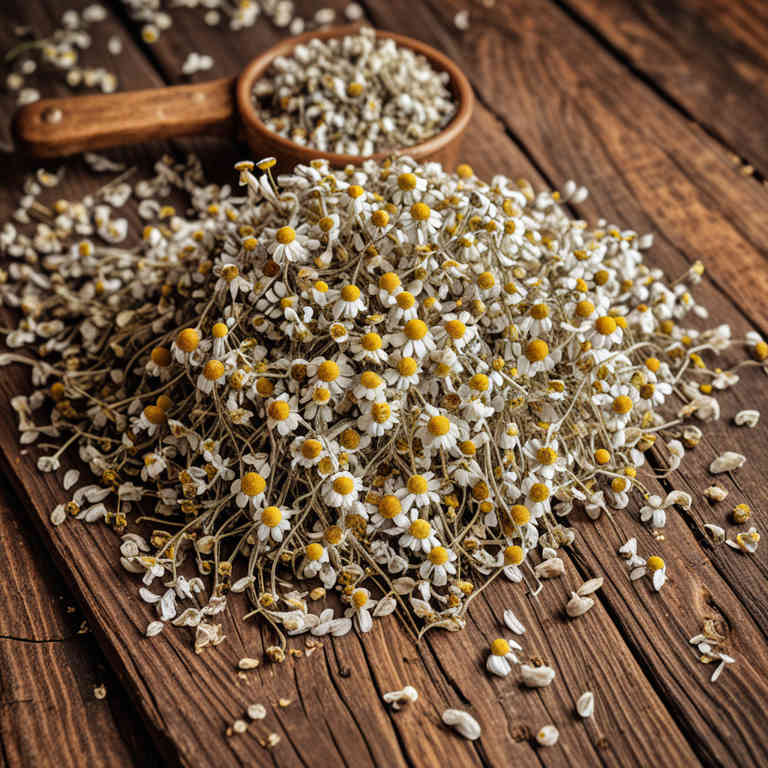
Matricaria chamomilla, commonly known as German chamomile, is often used in herbal linctuses to alleviate painful swallowing due to its soothing and anti-inflammatory properties.
These linctuses typically contain a concentrated extract of chamomile flowers, which are rich in active compounds like flavonoids and essential oils. The antiseptic and mild anesthetic effects of chamomile help reduce throat irritation and inflammation, making it easier to swallow. When used as a lozenge or syrup, the herbal linctus can provide localized relief, offering a natural alternative for those seeking comfort without harsh pharmaceuticals.
Overall, matricaria chamomilla linctuses are a gentle, effective remedy for soothing sore throats and easing the discomfort of painful swallowing.
9. Salvia officinalis
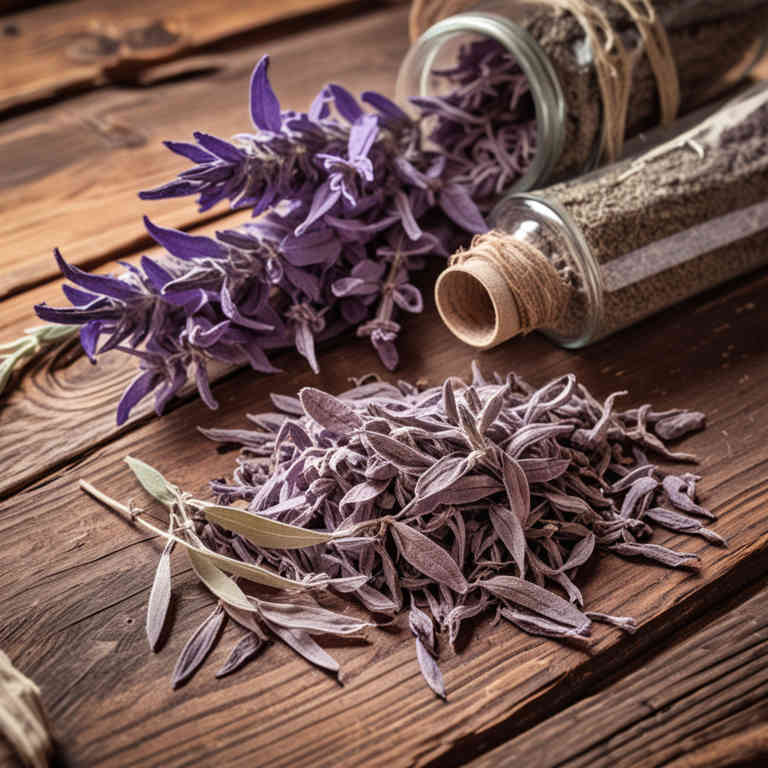
Salvia officinalis, commonly known as sage, has been traditionally used in herbal linctuses to alleviate symptoms of painful swallowing.
These linctuses often contain a concentrated form of sage extract, which is known for its anti-inflammatory and antimicrobial properties. The soothing effects of sage can help reduce throat irritation and inflammation, making it easier to swallow. In traditional medicine, sage has been valued for its ability to calm the mucous membranes of the throat.
Modern herbal formulations continue to utilize salvia officinalis as a natural remedy for sore throat and discomfort associated with painful swallowing.
10. Cinnamomum verum

Cinnamomum verum, commonly known as true cinnamon, is often used in herbal linctuses to alleviate symptoms of painful swallowing.
The essential oils and compounds found in cinnamon have antimicrobial and anti-inflammatory properties that can help reduce throat irritation and infection. These linctuses are typically prepared by combining cinnamon bark with honey or other soothing agents to create a palatable and effective remedy. They are particularly beneficial for individuals suffering from sore throats, coughs, or inflammation caused by viral or bacterial infections.
While generally safe, it is advisable to consult a healthcare professional before using cinnamon-based linctuses, especially for prolonged periods or in individuals with known allergies.